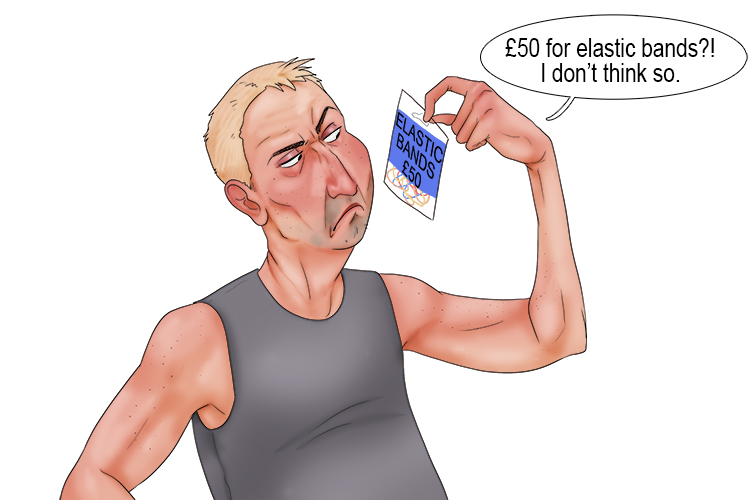Price Elasticity – A measure of the effect of a price change on the demand for a product or service
To remember what price elasticity means use the following mnemonic:
When the price of elastic (price elasticity) bands went up, the effect of the price change was that demand fell.

If a product is price elastic, it means that a change in price causes a substantial change in its demand. A product which doesn’t see a change in demand when the price is changed is known as price inelastic.
Examples of price-elastic products include luxury items such as premium cars, designer clothing and electronics. A common trait amongst price-elastic products is that there are plenty of alternatives and competitors in their market. If the price of a luxury car increases, fewer people will feel that it is worth paying a lot more for the added luxury as opposed to a more reasonably priced car, so the demand would fall. Alternatively, if the price of the luxury car dropped, more people would be willing to now pay the smaller difference to upgrade from a more basic car to one with higher refinement, so demand would increase.
Examples of price-inelastic products include petrol, salt, and milk. Products like petrol and milk are essentials that people will need on a daily basis, and a rise in price will barely affect the overall demand. Salt is a product that people only buy every so often, as a container will last for a long time. Because the average consumer will spend a very small amount of their income annually on salt, the demand wouldn’t change if the price was increased.




